Choosing the right type of tile for your home or business can be a daunting task. With endless options available, it’s important to understand the differences between ceramic tile and porcelain tile to make an informed decision. In this article, we will compare these two popular choices and help you determine which one suits your flooring needs best. 1. Composition and Manufacturing Process: Ceramic Tile: Ceramic tile is made predominantly from clay mixed with other natural materials and fired at high temperatures. The surface is then glazed to give it color and texture. Porcelain Tile: Porcelain tile, on the other hand, is made from a higher proportion of finely ground clay and other minerals. It is fired at a higher temperature than ceramic tile, making it denser and less porous. 2. Durability and Resistance: Ceramic Tile: Ceramic tile is suitable for residential areas with light to moderate foot traffic. It is more prone to chipping and cracking compared to porcelain tile.
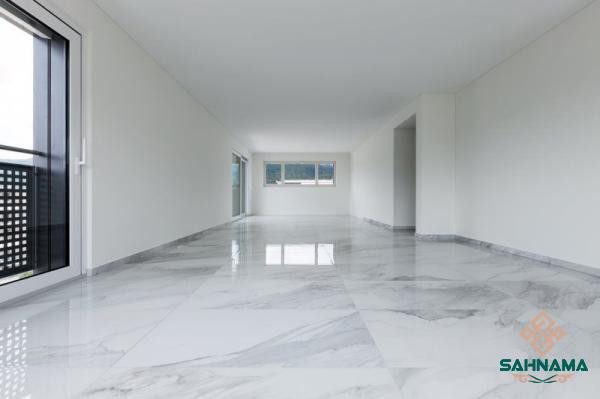
.
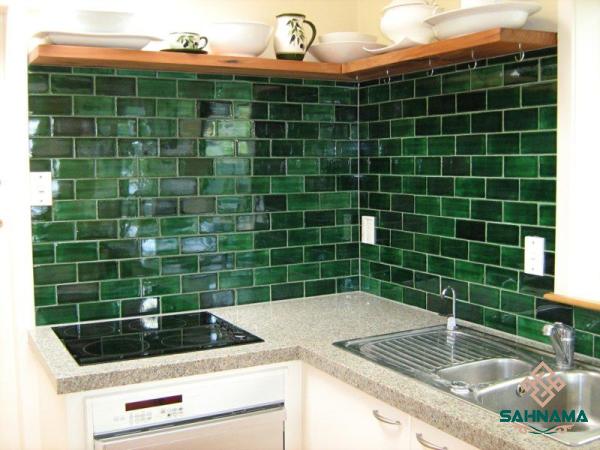 While it can resist heat, staining, and fading, it is not recommended for areas subject to heavy wear and tear or extreme conditions. Porcelain Tile: With its low absorption rate and higher density, porcelain tile is extremely durable and resistant to scratches, chips, and water damage. It is an excellent choice for high-traffic areas, such as commercial spaces, bathrooms, and kitchens. 3. Maintenance: Ceramic Tile: Ceramic tile requires regular cleaning and maintenance to prevent dirt and stains from becoming ingrained in the glaze. The grout lines can be difficult to clean and may require periodic resealing to prevent discoloration. Porcelain Tile: Porcelain tile is generally easier to maintain due to its low porosity. It is less prone to staining and requires less frequent cleaning. The grout lines on porcelain tiles are also more resistant to staining and discoloration.
While it can resist heat, staining, and fading, it is not recommended for areas subject to heavy wear and tear or extreme conditions. Porcelain Tile: With its low absorption rate and higher density, porcelain tile is extremely durable and resistant to scratches, chips, and water damage. It is an excellent choice for high-traffic areas, such as commercial spaces, bathrooms, and kitchens. 3. Maintenance: Ceramic Tile: Ceramic tile requires regular cleaning and maintenance to prevent dirt and stains from becoming ingrained in the glaze. The grout lines can be difficult to clean and may require periodic resealing to prevent discoloration. Porcelain Tile: Porcelain tile is generally easier to maintain due to its low porosity. It is less prone to staining and requires less frequent cleaning. The grout lines on porcelain tiles are also more resistant to staining and discoloration.
..
 4. Design Options: Ceramic Tile: Ceramic tile offers a wide range of design options, including various colors, patterns, and sizes. It can mimic the appearance of natural stone or other materials, providing versatility in design choices. Porcelain Tile: Porcelain tile also offers a plethora of design options and can imitate various materials, including wood, concrete, and marble. It is available in larger formats, such as planks, suitable for creating a seamless and contemporary look. 5. Price: Ceramic Tile: Ceramic tile tends to be more affordable compared to porcelain tile, making it a popular choice for budget-conscious consumers. However, keep in mind that high-quality ceramic tiles may come close in price to low- to mid-range porcelain tiles.
4. Design Options: Ceramic Tile: Ceramic tile offers a wide range of design options, including various colors, patterns, and sizes. It can mimic the appearance of natural stone or other materials, providing versatility in design choices. Porcelain Tile: Porcelain tile also offers a plethora of design options and can imitate various materials, including wood, concrete, and marble. It is available in larger formats, such as planks, suitable for creating a seamless and contemporary look. 5. Price: Ceramic Tile: Ceramic tile tends to be more affordable compared to porcelain tile, making it a popular choice for budget-conscious consumers. However, keep in mind that high-quality ceramic tiles may come close in price to low- to mid-range porcelain tiles.
…
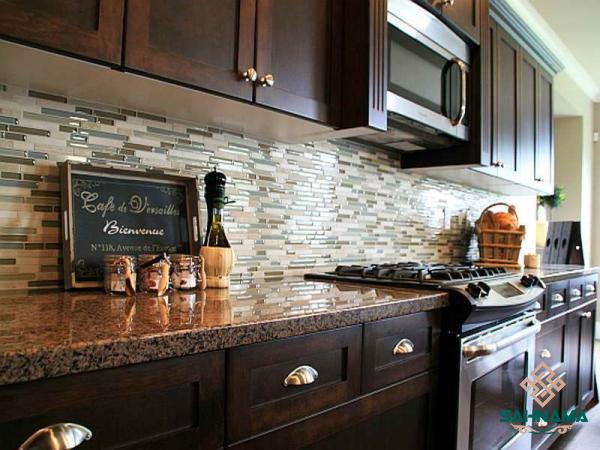 Porcelain Tile: Porcelain tile is generally more expensive due to its manufacturing process, higher durability, and overall quality. However, the investment is justified by its longevity and superior resistance to wear and tear. Conclusion: When it comes to choosing between ceramic tile and porcelain tile, it’s essential to consider factors such as durability, maintenance requirements, design options, and budget. Ceramic tile is a suitable choice for areas with light foot traffic, while porcelain tile is recommended for high-traffic areas and places prone to moisture. It’s worth investing in porcelain tile if longevity and resistance to wear and tear are a priority. Ultimately, the choice between these two types of tiles depends on your specific needs and preferences.
Porcelain Tile: Porcelain tile is generally more expensive due to its manufacturing process, higher durability, and overall quality. However, the investment is justified by its longevity and superior resistance to wear and tear. Conclusion: When it comes to choosing between ceramic tile and porcelain tile, it’s essential to consider factors such as durability, maintenance requirements, design options, and budget. Ceramic tile is a suitable choice for areas with light foot traffic, while porcelain tile is recommended for high-traffic areas and places prone to moisture. It’s worth investing in porcelain tile if longevity and resistance to wear and tear are a priority. Ultimately, the choice between these two types of tiles depends on your specific needs and preferences.

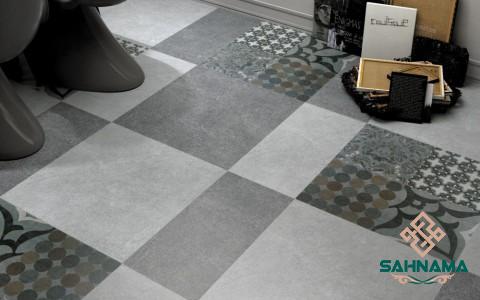

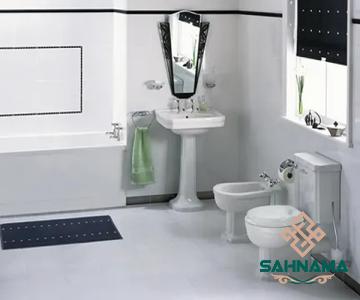
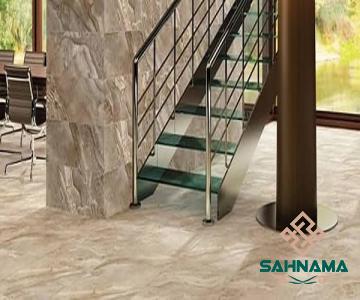
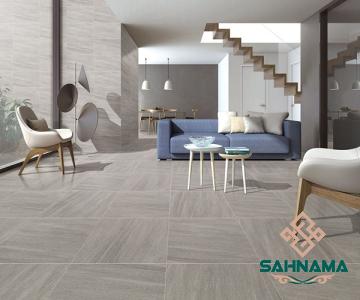
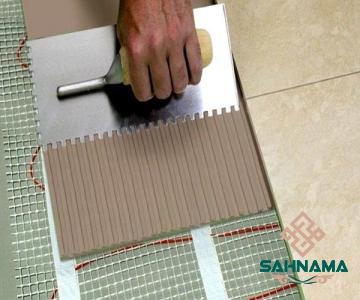

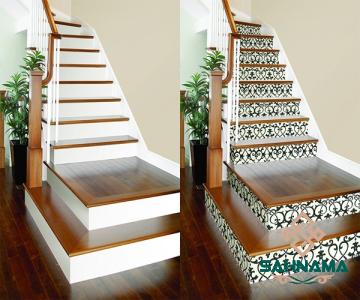
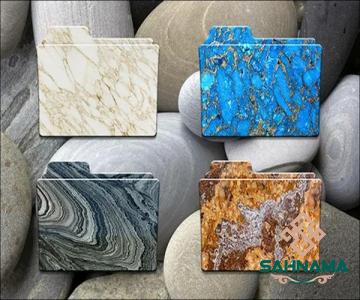
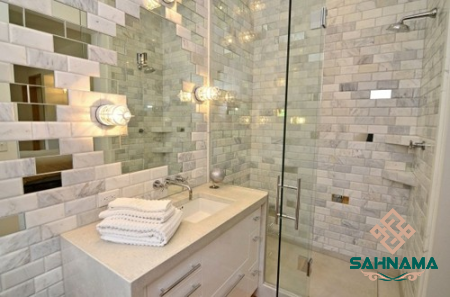
Your comment submitted.